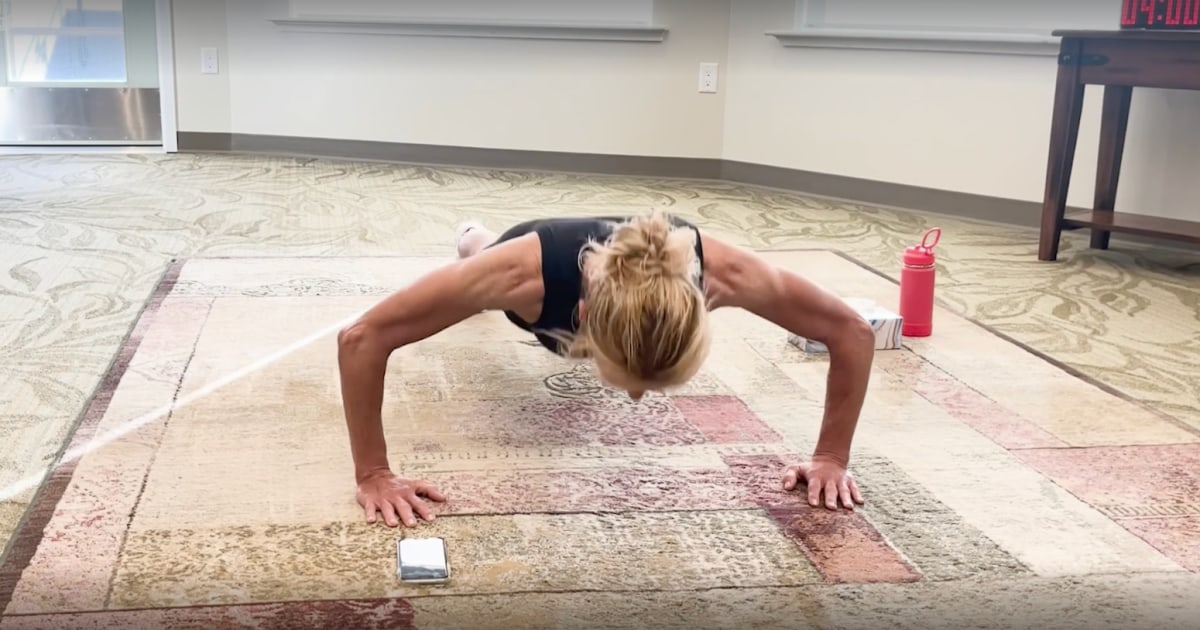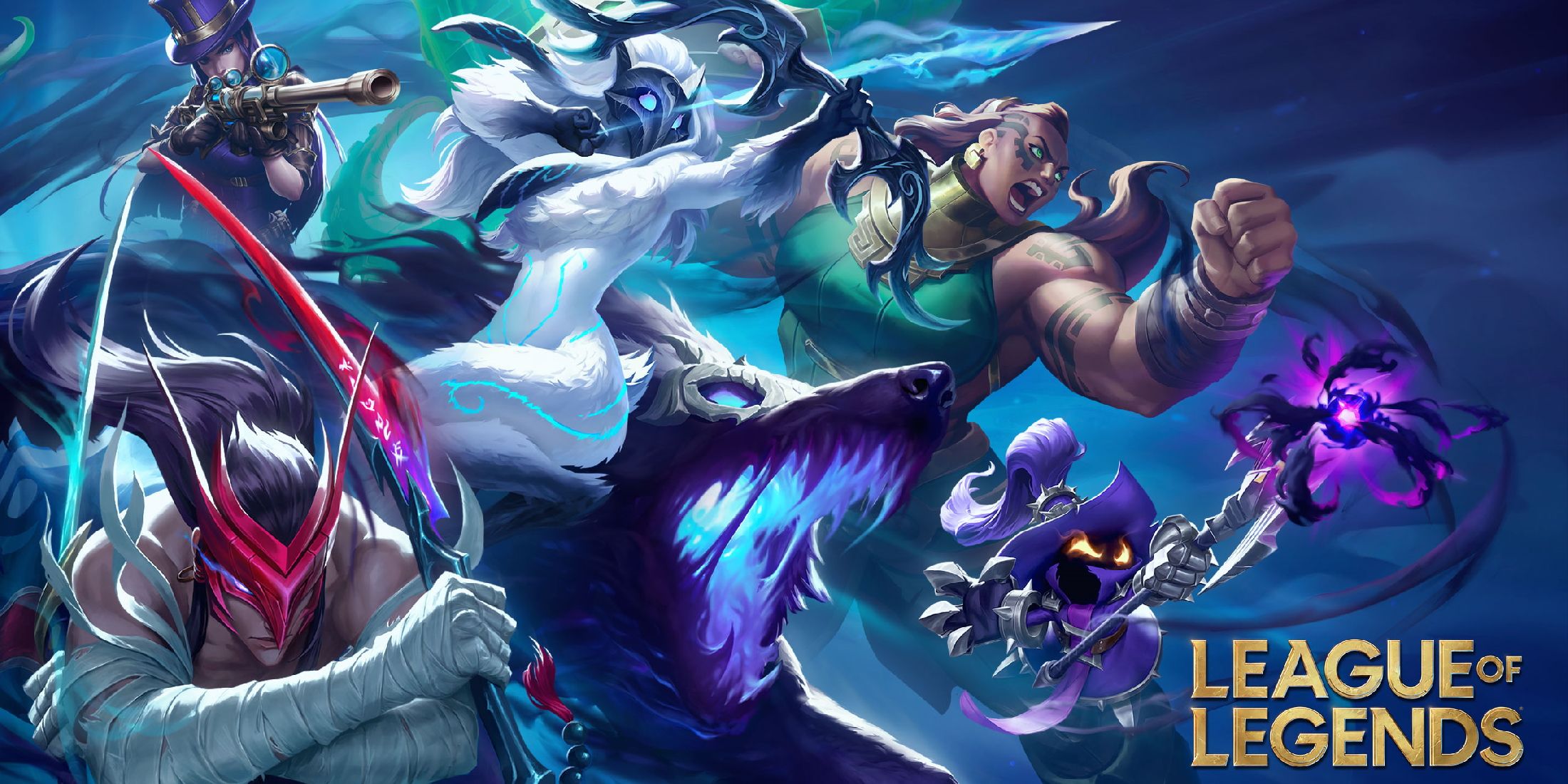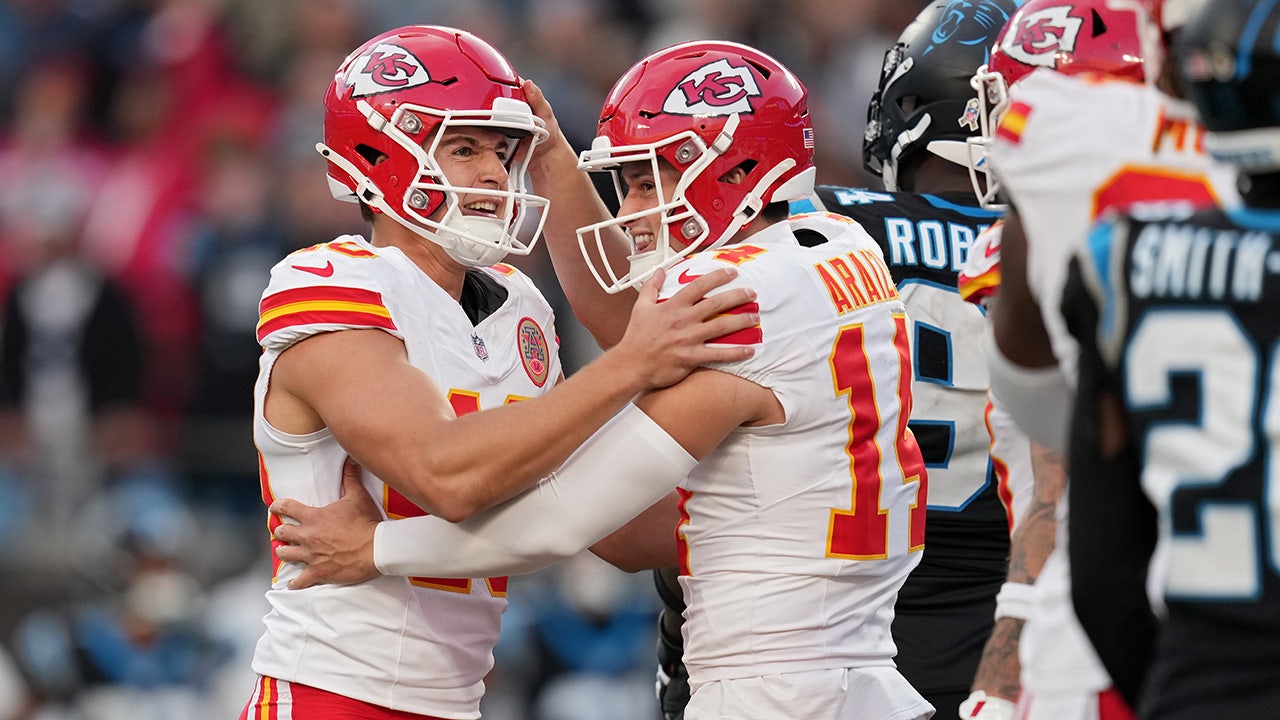Sports
These five photos from an all-star photographer help explain sports in Kansas • Kansas Reflector

When I heard Jeff Jacobsen’s idea for his next sports photography project, I knew it would be a juggernaut.
The kind of juggernaut that would be an example for my photojournalism students at the University of Kansas. The kind of in-depth work that would define Kansas sports in our imaginations for decades. The kind of inspired documentary project that would show local journalists compelling stories in their hometowns. And the kind of project that would demand total commitment from Jacobsen himself.
His idea? To visit each county in Kansas — all 105 of them — and photograph sports in each.
To know Jacobsen is to understand that this project would not be a drive-by effort. He would not get a few throwaway photos of pick-up basketball at the local park before sprinting off to the next county.
Instead, over four years of travel crisscrossing the state, he would arrive at each sporting event early, stay late and know almost everyone there at the end.
(Disclaimer: I have known Jacobsen for years as a friend and colleague, so my gushing over him and his work comes naturally.)
Jacobsen’s work has tracked sports in Kansas and elsewhere for decades. Try to choose the best era of his work. Perhaps, it’s his early days at the Topeka Capital-Journal, when the newspaper’s bustling photo staff won nearly every national award. Maybe it’s his work at the Arizona Republic. Or his best work might be “Tribute to the Crimson & the Blue,” a book collecting photos from his 23-year career documenting University of Kansas sports.
However, his most recent work might rise above all that.
Jacobsen will finish with the photography portion of “The Heart & Soul of Kansas Sports” in the coming month. He has eight more counties to go: Wallace, Greeley, Scott, Gove, Ness, Clark, Kiowa and Barber.
“You know, obviously, I’m 73 now,” Jacobsen said this week. “I knew I wanted something, a project that if that’s the end of my career and everything like that, that I could walk away from feeling very proud.”
In photographing the first 97 counties, Jacobsen found every kind of sport: a 100-mile run from Ottawa to Iola and back, kickball fundraisers in the town of Home, horseshoe throwing in Belleville and dozens of high school sports events.
The not-yet-finished library of images is stirring and monumental. As a photographer, I am boggled by the logistics and personal commitment. I am also wowed by the technical expertise and artistry. Choose whatever sports metaphor you like — a grand slam, an MVP effort, a slam dunk — and this project lives up to the hype.
Taken together, the galleries — each with dozens of photos to explore — describe the joy, camaraderie and community of sports in Kansas.
And Kansas, as you will see and read below, is a key character.
Jacobsen and I sat down to talk about a few iconic photos from the project — we each nominated a few. Our thoughts are blended below to describe the photographs and how they explain sports in Kansas.
Years ago, Jacobsen scouted high school football fields across the state with the hope of catching an epic sunset. Chasing that light, he arrived at a playoff game between Sebetha and Nemaha Central last November in Seneca.
The timing didn’t work out for the sunset because the game started later than expected. Jacobsen knew the pregame ritual introducing each team would still make great images, regardless of the light.
“Suddenly they crank up this smoke and I’m sitting there, (saying) just, ‘Oh my goodness!’ ” Jacobsen said. “I was just amazed, and I was waiting for the moment and, boom! Out they come!”
The light Jacobsen found served his photograph even better than the golden hour of sunset. During Nemaha Central’s celebratory sprint onto the field, the glow of the stadium lights warms the contours of the billowing cloud of purple. The football team strides out of the foggy darkness and past a line of children hoping for high-fives.
In that moment, Jacobsen chose a wide-angle view of the field, a choice that transforms the high school football field into a sprawling landscape. Consider how the image recalls the sweeping field of a cavalry charge.

Jacobsen’s project launched during 2020, when high schools struggled to find the right health precautions for daily biology and math classes. Of course, sports changed too. The pandemic also derailed high school sports, the heartbeat tempo that paces many communities.
When Jacobsen arrived at the Kansas State High Schools Activities Association volleyball championships that October, the tournament looked and sounded different. In Jacobsen’s gallery of images from the event, empty stadium seats provided social distancing. Coaches and players struggled to keep masks from slipping off their noses and mouths as they cheered and competed.
“This was a point where people weren’t sure what they could do in the state,” Jacobsen recalls.
Amid those precautions and restraints, Jacobsen photographed a rare kind of joy in a photo of Blue Valley West High School winning the final point in the championship match.
The faces and gestures tell the story. Today, Jacobsen locks in on the players wearing numbers 2 and 12. Talking about the image this week brought tears to hiss eyes.
“The joy — the eruption of joy — at that moment was as good as I’ve ever seen,” Jacobsen said. “It may not be the best picture I have taken or anything like that. But it is the most joyful picture. … The joy that just completely erupted from this thing is something that I will never forget.”
A sneaky thing that adds to the emotional intensity of this photo? The color red in the players’ uniforms. Photographers know how red calls for our attention as viewers (hence, red stoplights and stop signs), while cool colors retreat from our attention. At this moment of intensity, the saturated color red elevates the emotional fervor.

During our chat this week, Jacobsen reflected on how this project taught him about himself, in addition to teaching him about Kansas and its sports. When I asked what he meant by that, he pointed me to his gallery of photos from an event for paralympic athletes in Stilwell.
At the event, athletes used ramps, headgear and other devices to play boccia. Competing with other paralympic athletes, each participant set their ball in motion, hoping it would settle closest to a target ball.
“I have been overwhelmed by the fascination people have and the gratitude people have for me just being there, especially when you get away from the big cities,” Jacobsen said. “They open themselves up, and they’re so happy.”
The best image from this event shows Olga Barth releasing a ball (red again!) down a ramp. Jacobsen points out how Barth’s eyes, sharp and intent, are the key to the photo.
“Those eyes and the concentration and the effort to me,” Jacobsen said. “To me, that’s what made this so pleasing to me.”
In teaching young photographers, I coax and beg them to find a camera angle that shows the subject’s eyes. Not just their eyes in profile, but their eyes fully. This is unsettling for most amateurs. When you stand in front of your subject with the camera to capture that angle, you yourself are visible. It can make you self-conscious.
Jacobsen, as a veteran, understands the tradeoff. In exchange for a self-conscious moment, you can tell the person’s story more fully and poignantly — just by standing patiently in a place where you can see their eyes.

During my chat with Jacobsen, I nominated one photo because it most tangibly conjures Kansas.
In Jacobsen’s first posted gallery for this project, he visited the “World Famous Lawrence Grass Velodrome,” an outdoor bike track built for speed. He returned a month later to watch a cyclist race for one hour, tracking how many laps he could churn out in 60 minutes.
In my favorite image from the gallery, Jacobsen brings so many vital elements together. In photojournalism, we call this “layering” — composing a foreground, middle ground and background that work in harmony to tell the story without posing the photo.
The foreground element of the cyclist sharply emerges from the prairie grass. In the middle ground, we see hay bales, reminding us that we are in Kansas. The chef’s kiss is the background: a glorious gradient running from blue to red to orange.
Jacobsen’s image does all of this, while shouting its location: Kansas.
“It’s just a unique setting and to me: This is Kansas,” Jacobsen said. “Only in Kansas would there be a place where people would say, ‘Let’s have a grass velodrome and on top of that let’s have all these different races.’ ”

When the Dodge City High School soccer team won the state championship in 2020, Jacobsen stood feet away as the team and coach held up their trophy.
The particular date on the calendar is one Jacobsen remembers: Nov. 7, 2020. It was the day that most major news organizations declared the presidential election for President Joe Biden over former President Donald Trump.
Jacobsen saw a connection as a mostly Hispanic team from southwest Kansas won the championship in the midst of a political season divided by presidential arguments about immigration.
“My goal in this thing is to not turn my back on anyone, whether they’re Black or Hispanic or … with needs that are different,” Jacobsen said. “In this project, I never wanted to turn my back on anyone.”
After the Dodge City coach saw Jacobsen’s images, he invited him across the state to visit and showcase them for an event with the team in their hometown. However, COVID-19 rates at that moment in 2020 made travel unsafe.
In the coming months, Jacobsen plans to exhibit the completed project with a multimedia presentation that will travel, like Jacobsen did, across the state.
When Kansans gather to see Jacobsen’s finished project, the effect will be similar to the very sporting events Jacobsen visited for his photography. Just like the high school football games with hundreds of locals in the stands, these photos will unite communities around sports.
Eric Thomas teaches visual journalism and photojournalism at the William Allen White School of Journalism and Mass Communication at the University of Kansas in Lawrence. Through its opinion section, Kansas Reflector works to amplify the voices of people who are affected by public policies or excluded from public debate. Find information, including how to submit your own commentary, here.









